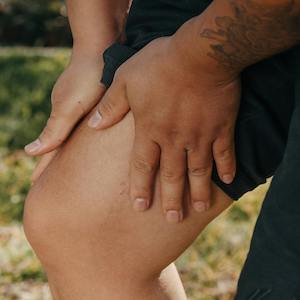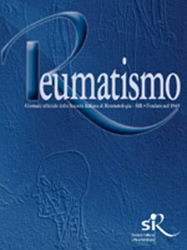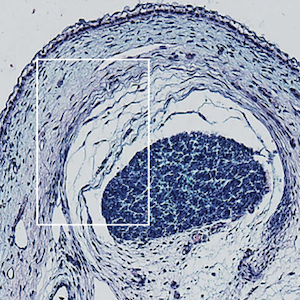Evaluation of tramadol/paracetamol 75 mg/650 mg combination therapy for early-stage knee osteoarthritis: a retrospective observational study

All claims expressed in this article are solely those of the authors and do not necessarily represent those of their affiliated organizations, or those of the publisher, the editors and the reviewers. Any product that may be evaluated in this article or claim that may be made by its manufacturer is not guaranteed or endorsed by the publisher.
Authors
Objective. Knee osteoarthritis (KOA) is a progressive joint disorder that significantly impairs patients’ quality of life. Effective long-term management of KOA remains challenging due to limited pharmacological options and associated adverse effects. This monocentric, retrospective observational study evaluated the efficacy and safety of a fixed-dose tramadol/paracetamol combination (75/650 mg) in alleviating pain in patients with grade I-II KOA according to the Kellgren-Lawrence classification.
Methods. A total of 30 patients treated for 15 days were assessed using the Numerical Rating Scale for pain, the Western Ontario and McMaster Universities Osteoarthritis Index for functional impairment, and the Pittsburgh Sleep Quality Index for sleep quality.
Results. Results showed a 30% and 50% pain reduction in 86% and 43% of patients, respectively, alongside significant improvements in functional mobility and sleep quality. Adverse events, including nausea, itching, and sleepiness, occurred in 10% of patients and did not necessitate treatment discontinuation. Efficacy was consistent across demographic and clinical subgroups, possibly suggesting broad treatment applicability.
Conclusions. While the findings could support tramadol/paracetamol as a safe and effective first-line therapy for KOA, reinforcing its role in optimizing KOA management strategies, limitations such as the small sample size and lack of a control group highlight the need for further research.
Ethics Approval
The study received approval from the Ethical Committee (protocol number C 0.1 RSO ID 2249) and was performed in accordance with the required regulatory specifications, in compliance with the Declaration of Helsinki and the ICH-Good Clinical Practice.
This work is licensed under a Creative Commons Attribution-NonCommercial 4.0 International License.
PAGEPress has chosen to apply the Creative Commons Attribution NonCommercial 4.0 International License (CC BY-NC 4.0) to all manuscripts to be published.










